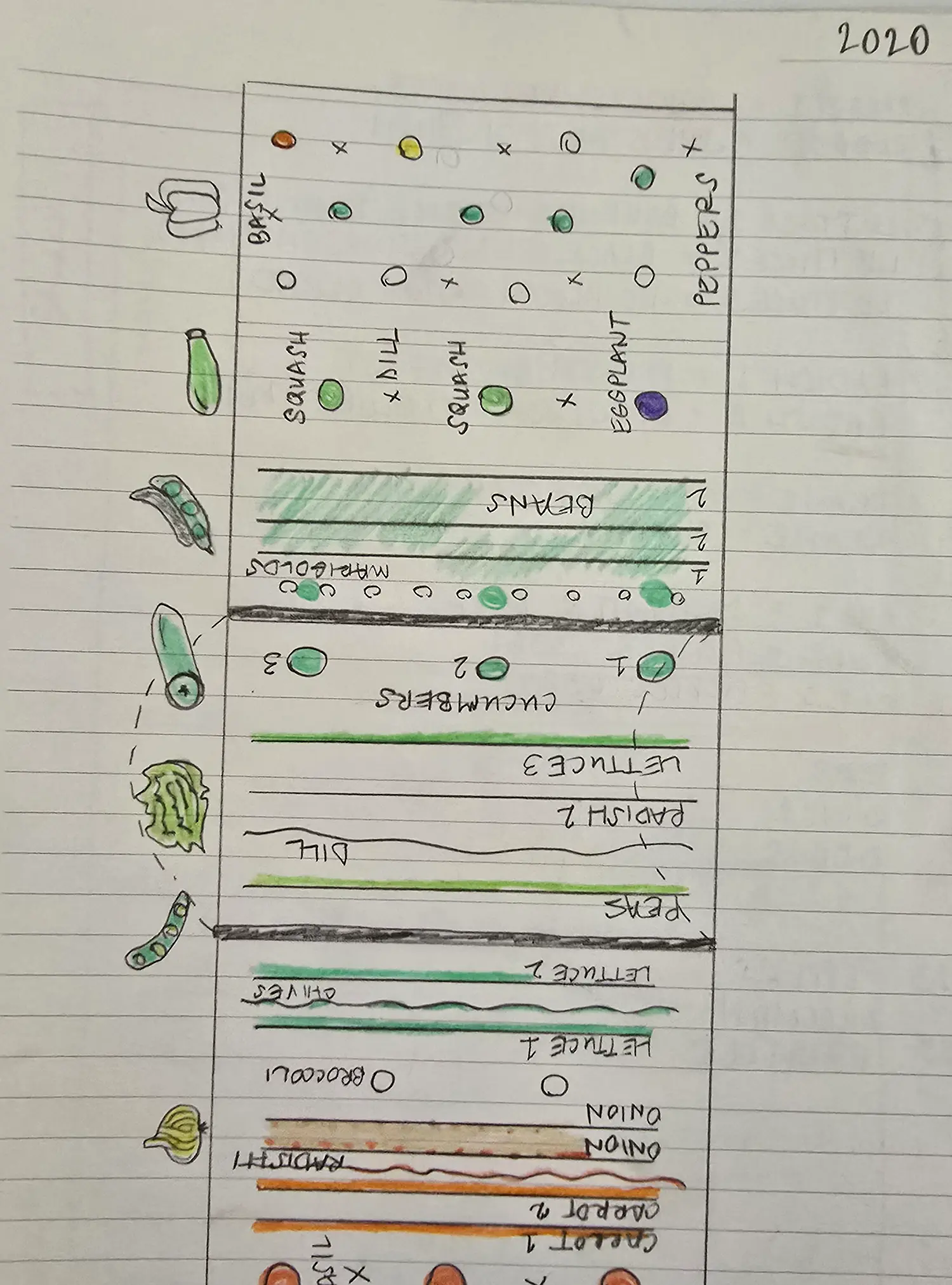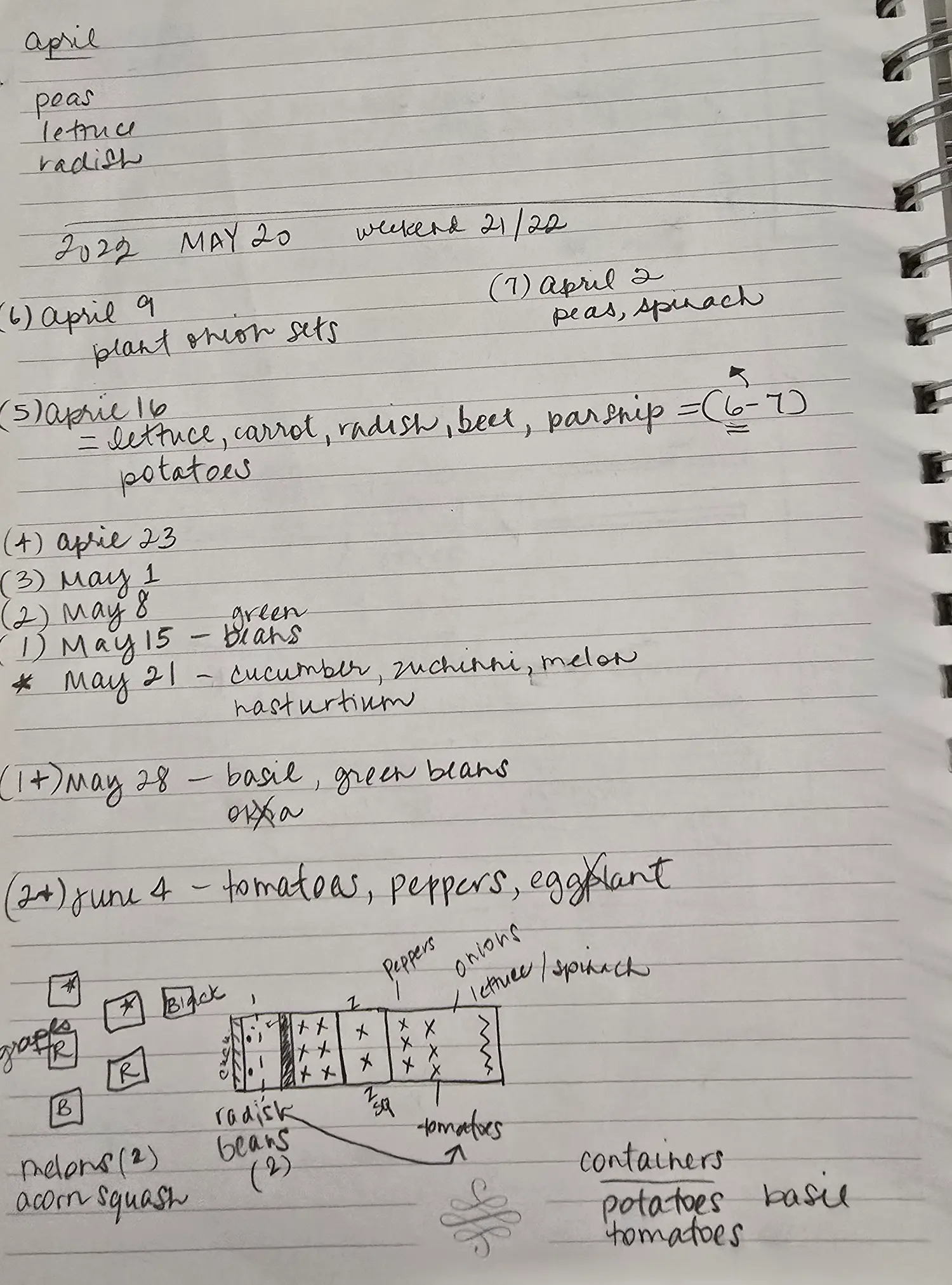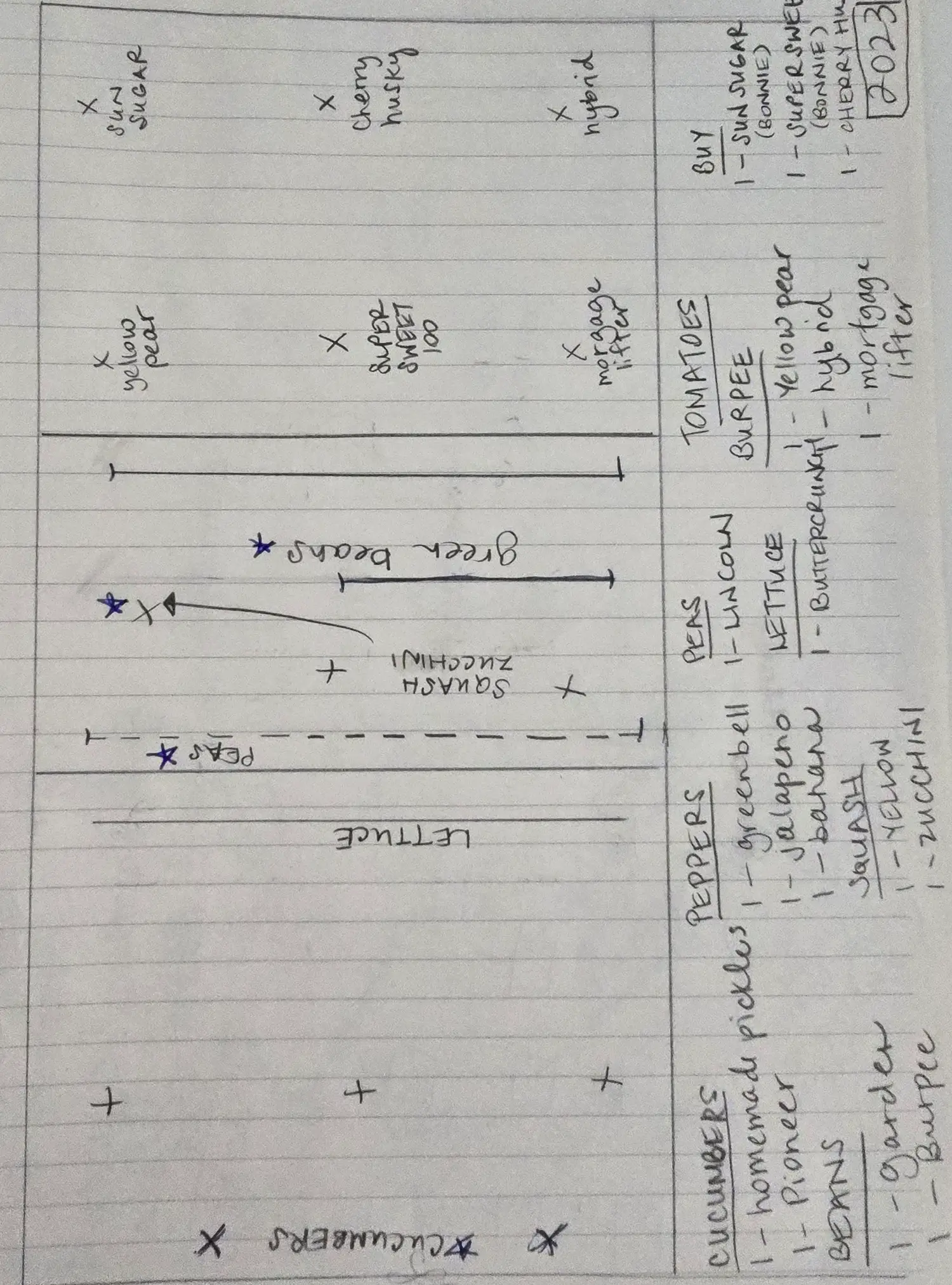
Planning Next Year’s Garden During the Off-Season
(Because January Is for Dreaming, Drawing, and Denial)
Some people spend their winters skiing or baking bread. I spend mine hunched over a notebook, sketching rectangles labeled “beans” and “lettuce,” surrounded by seed catalogs and the faint smell of potting soil I’ve dragged in from the garage.
Planning next year’s garden is my therapy — part art project, part science experiment, part “how did I end up with this many zucchini seeds again?”
✏️ Step 1: The Winter Daydream Stage




🪴 Step 2: The “Plotting Everything Like a Crime Scene” Phase
Once the pencils come out, it’s serious business.
I draw my raised beds, color-code where things will go, and make elaborate plans that would make NASA jealous. Sometimes I even take it to Photoshop and make a full visual layout — because when you’re starved for greenery, designing imaginary lettuce totally counts as productivity.
I double-check which crops need rotating, where the sun hits differently this year, and whether I can squeeze in “just one more” tomato plant (spoiler: I always do).
🍅 Step 3: The “I’m Absolutely Going to Document Everything This Year” Lie
Every single season I promise myself I’ll document it all — the first sprouts, the harvests, the wins and losses. And every single season I end up in full-blown canning and pickle madness, too sticky to pick up a notebook.
By September, I’m lucky if I remember what variety of cucumber I planted, but I always remember which tomatoes earned a comeback spot for next year.
I save those plant markers like trophies — the rest go in the trash.
🌦️ Step 4: Adjust, Learn, Repeat
💬 In Short
Winter is for dreaming.
Spring is for digging.
Summer is for surviving.
Fall is for pretending you’ll take better notes next time.
And I wouldn’t have it any other way.
Want help sketching out your next garden plan or choosing what to plant where? I can help you design a layout that works for your space — and makes spring feel a little closer.
